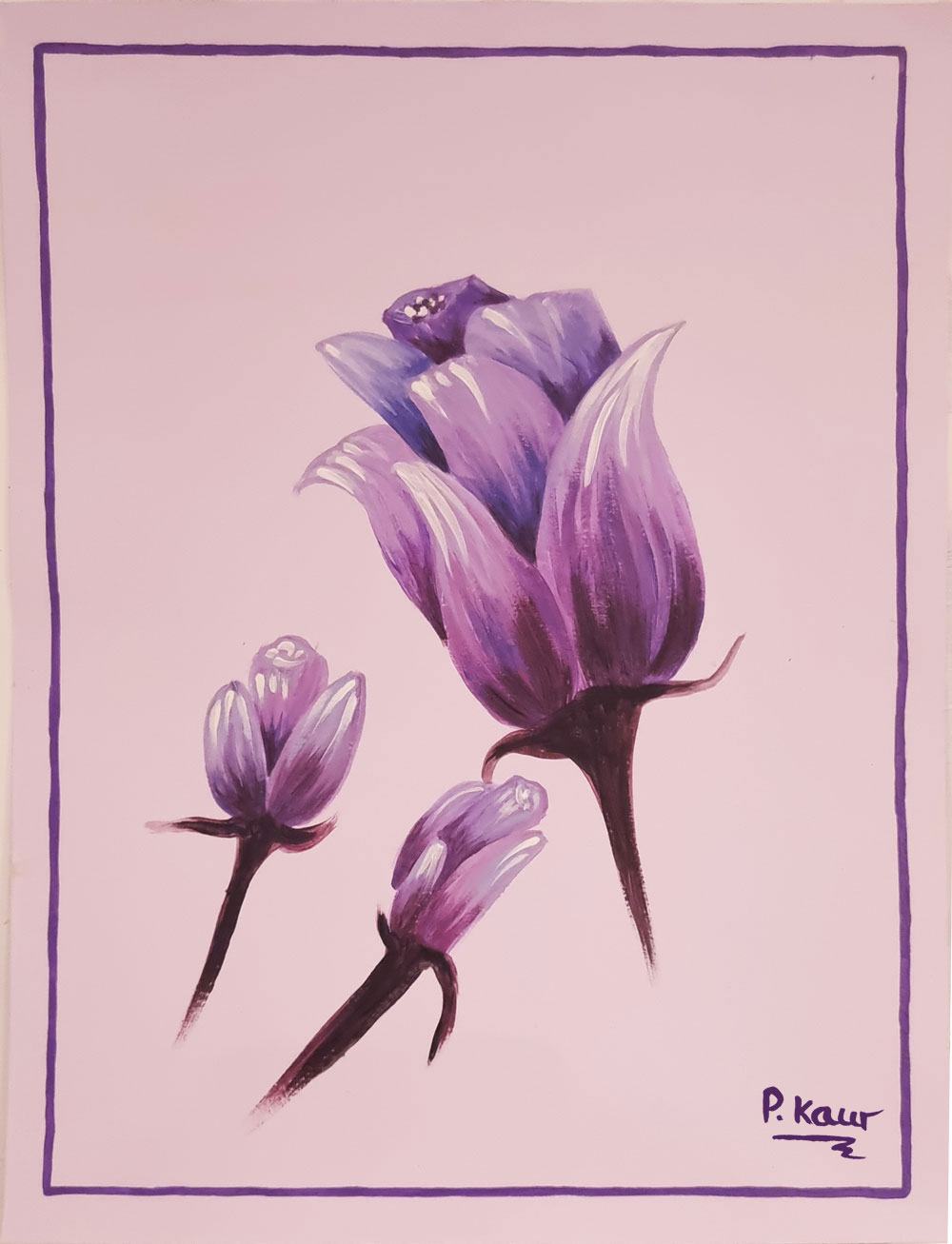This style stemmed from the sumptuous styling of the baroque period. The palace of Versailles is a classic Baroque building, inside and out. The heaviness of this style was replaced with the lighter and flamboyant style of Rococo.
It first appeared in the decorative arts such as furniture and textiles. It then spread to paintings and sculpture and in a lesser capacity, to architecture. Paris was the centre of the style and then it spread to other areas of Europe.
The Rococo periods coincides with the Age of Enlightenment. This was a movement based on the fact that human society could be advanced through knowledge and rational thought. It affected all of Europe and spread to America. Three men in France wrote heavily about Enlightenment, Denis Diderot, Jean-Jacques Rousseau and Voltaire. Enlightenment ideas affected the arts and scientists. They brought back interest in classical antiquity and added to the future movement of Neoclassicism.
The baroque style of painting was grand and continued well into the 18th century. The artist who began with the Rococo style was Antoine Watteau. He had a freshness of vision and painted with charm, elegance and dreamy romance.
Rococo reached its peak around mid-18th century particularly with works from Boucher and Fragonard. Towards the end of the century, 1770s, the style was going out of fashion in favour for the sterner look that would turn into Neoclassicism. The painting called The Swing from 1767 by Fragonard is the quintessential Rococo painting.
Characteristics of the style
The style is all about curves and elements based on nature. It was highly theatrical and designed to amaze on sight. The designs are typically asymmetrical, using shells, acanthus, leaves, birds, flowers, fruits, and angels. In architecture, it was common for the designs to adorn the ceilings and walls, to give the impression of being engulfed by the style and having figures looking down at them. The designs were painted on or moulded. The style also made its way to furniture, frames and other decorative objects for interiors.
The colours were also pastel, light blues and pinks. Gold was popular with the designs as well to bring out that exuberance.
Rococo around Europe
French Rococo appeared in Paris during reign of Louis XV 1723 – 1759. The French style included frames gilt in gold, vines and flowers intertwined in complex designs.
Italian Rococo in Venice produced an exuberant version of the style. It was present in the churches and palazzos of the time, on the walls and ceilings. The style also found its way to glassware, Murano glass in particular.
Rococo found its way to Germany and Austria. It dominated church designs and was more elaborate than the French. Here the style would be all over the walls and ceilings, creating such intricate designs.
It reached the UK and was known as ‘French taste’. It was late coming to UK, around 1740s, and became popular as a style with furniture. Thomas Chippendale created furniture with the style.
It reached Russia though Catherine the Great in the 18th century.
Decline of the style
It began mid-late 18th century. It was helped along by Madame de Pompadour who sent her brother on a mission to study artistic developments in Italy. He came back with artists who had a passion for classical art. This began to push the artistic style of the day towards Neoclassicism. People like Voltaire, mentioned above, began to speak against the style and eventually it passed out of fashion by late 18th century.
Timeline of art and design movements
1600 CE – Baroque. The art here emerged in response to the Renaissance style. Baroque paintings were high in contrast, moody and dark, simple compared to the predecessor style.
1700 CE – Rococo. A short lived style, in response to Baroque. A flamboyant, delicate, high decorative style, used to adorn the interiors of grand homes and palaces, and in art was used in a very light and airy way.
1750s CE – France, Neo-Classicism. Another reaction to Baroque, sought to revive the ancient Greek and roman art. The artists used classical forms to express their ideas.
1850 CE – Arts and Crafts. Victorian style, heavily influenced by William Morris and the technologies of mass producing patterns. This style extended to glassware and interiors. This was also in response to the growing industrial revolution and the horror of mass produced machine-made goods.





